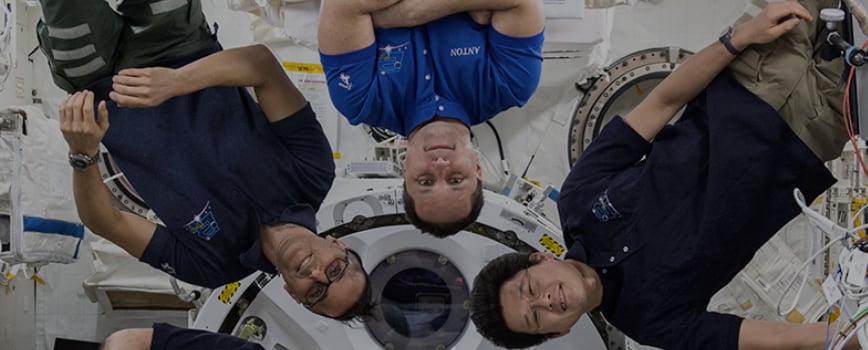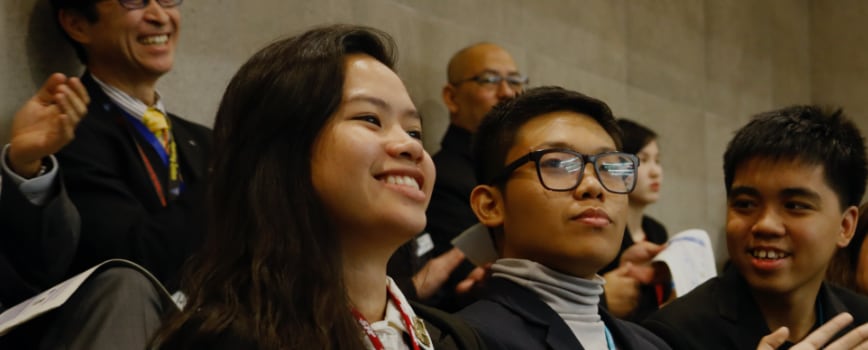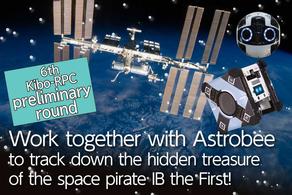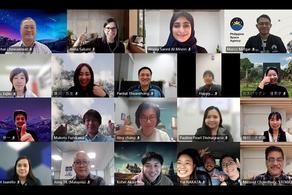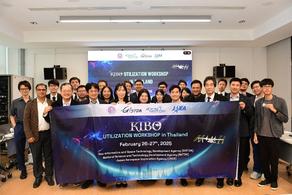- Announcements
AHiS News: Asian Herbs in Space Mission-1 is successfully completed!
- Kibo Utilization Office for Asia (KUOA)
- Experiment at Kibo
Asian Herbs in Space (AHiS) is the 3rd project of "Space Seeds for Asian Future (SSAF)" and its Mission-1 is successfully completed. Astronaut Noguchi successfully managed to grow sweet basil and holy basil on the ISS. The daily growth was reported on Twitter by astronaut Noguchi for 30 days and this project impressed people all over the world.
Please visit following web site for all photos and video clips of the mission.
Mission-1 growth experiment results and Messages from Astronaut
The first task of the experiment was to supply water to the four plant chambers which took place on February 16th, 2021. The video of this was uploaded to YouTube.
The four plant chambers were set under fluorescent light and left to grow for 24 hours, bathing in the light.
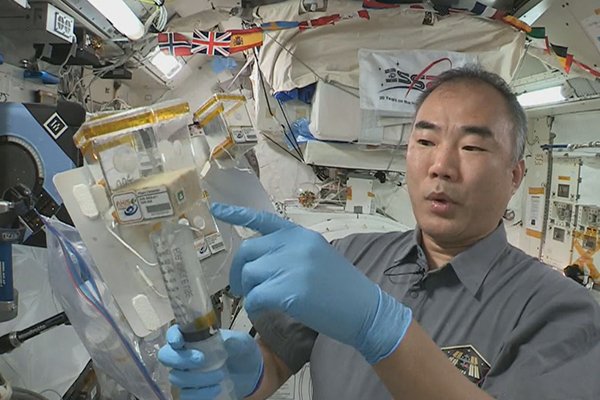
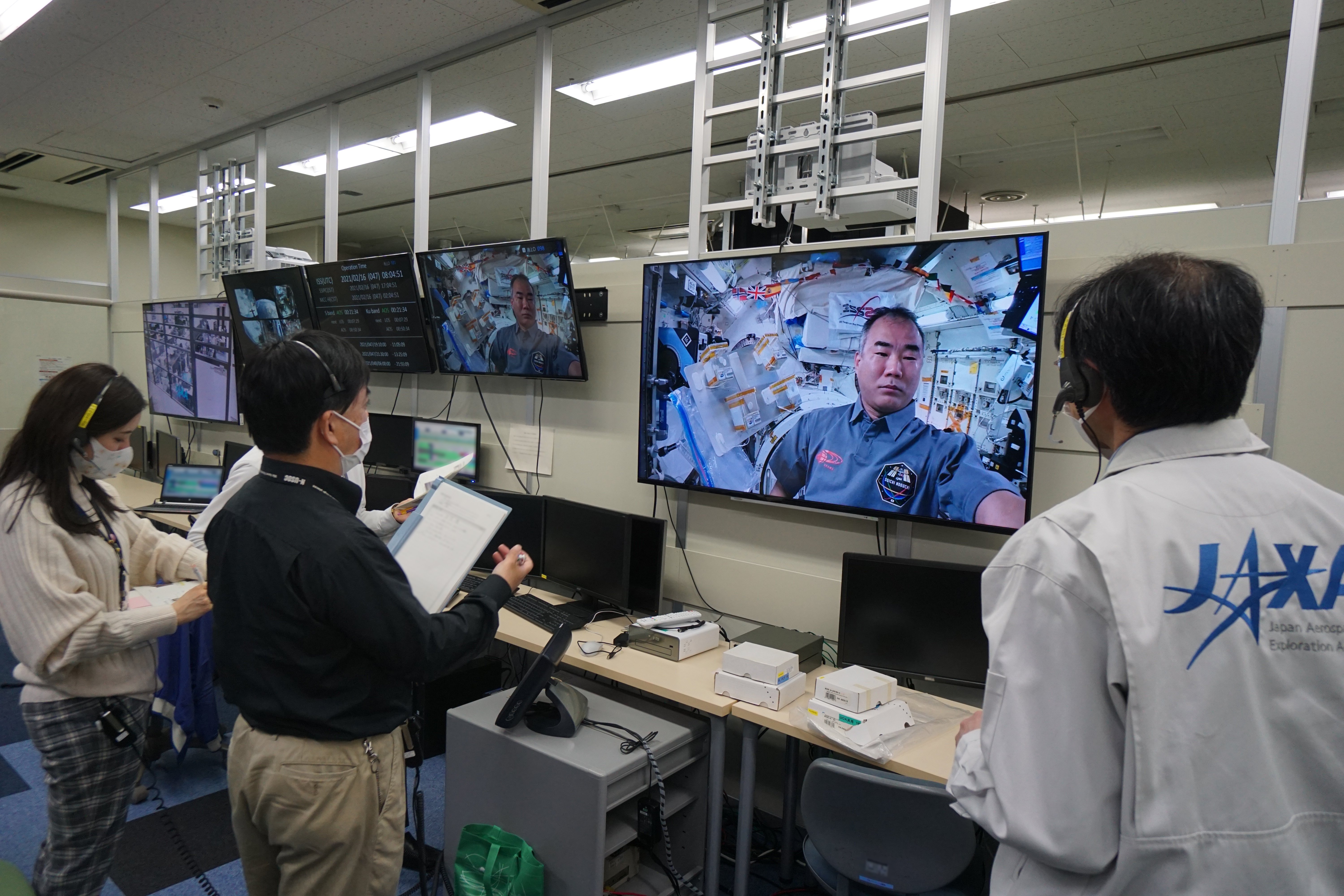
Since the basil seeds could not be sterilized on the ground, which would sacrifice germination rate, the possibility of mold growth was predicted in advance as there is no convection flow on the ISS and the supplied water tends to stick to the rock wool through surface tension. Therefore, the humidity in the chamber is higher, and it is an ideal environment for mold to grow. The ground staff requested astronaut Noguchi double pack the chamber and discontinue the watering of plant chamber S/N001 in order to prevent mold from spreading throughout the ISS as the water port and lid could not be opened. They had no choice but to hope the basils in the plant chamber S/N001 could survive on its own.
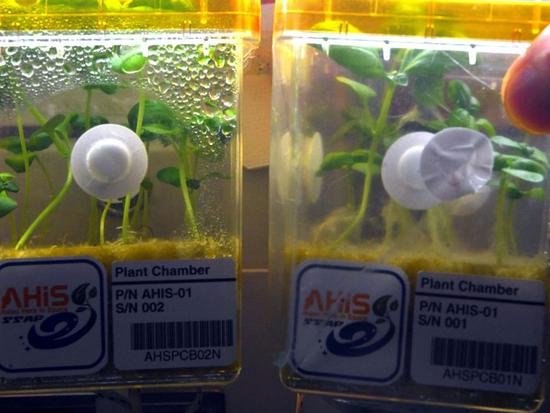
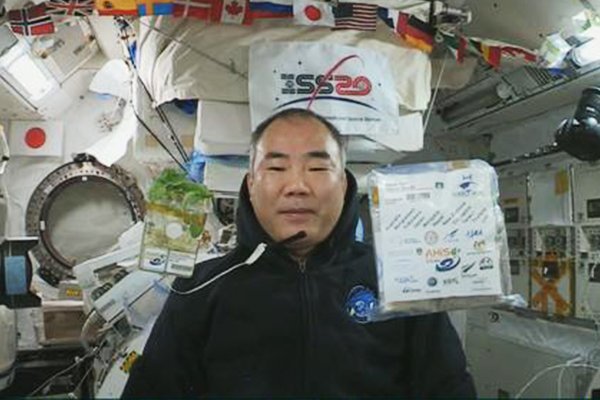
Astronaut Noguchi carried out the final task on March 18th, 2021 where he checked all the basils and stored the four plant chambers in a freezer on the ISS. After all his tasks, he gave a message to the students who had followed the experiment.
"Thank you very much for watching Asian Herb in Space over the last 30 days. Students from Bangladesh, Indonesia, Japan, Malaysia, Nepal, Singapore, Taiwan, Thailand, United Arab Emirates, Vietnam, Australia, and New Zealand, 12 countries and regions from all over Asia-Pacific region participate in this wonderful project. I hope students on the ground will enjoy and learn a great amount of science from this wonderful project."
A ground-based control experiment will be conducted at Tsukuba Space Center in Japan. This data will also be evaluated by researchers. Following that, it will be provided for educational events to countries/regions in the Asia-Pacific region.
A notable difference of growing basils on the ISS was found between the front side and the rear side in a plant chamber. Possibly this was caused by distance to the light source. It is not yet known which is dominant, amount of light or temperature. So hopefully the analysis will provide more insight.
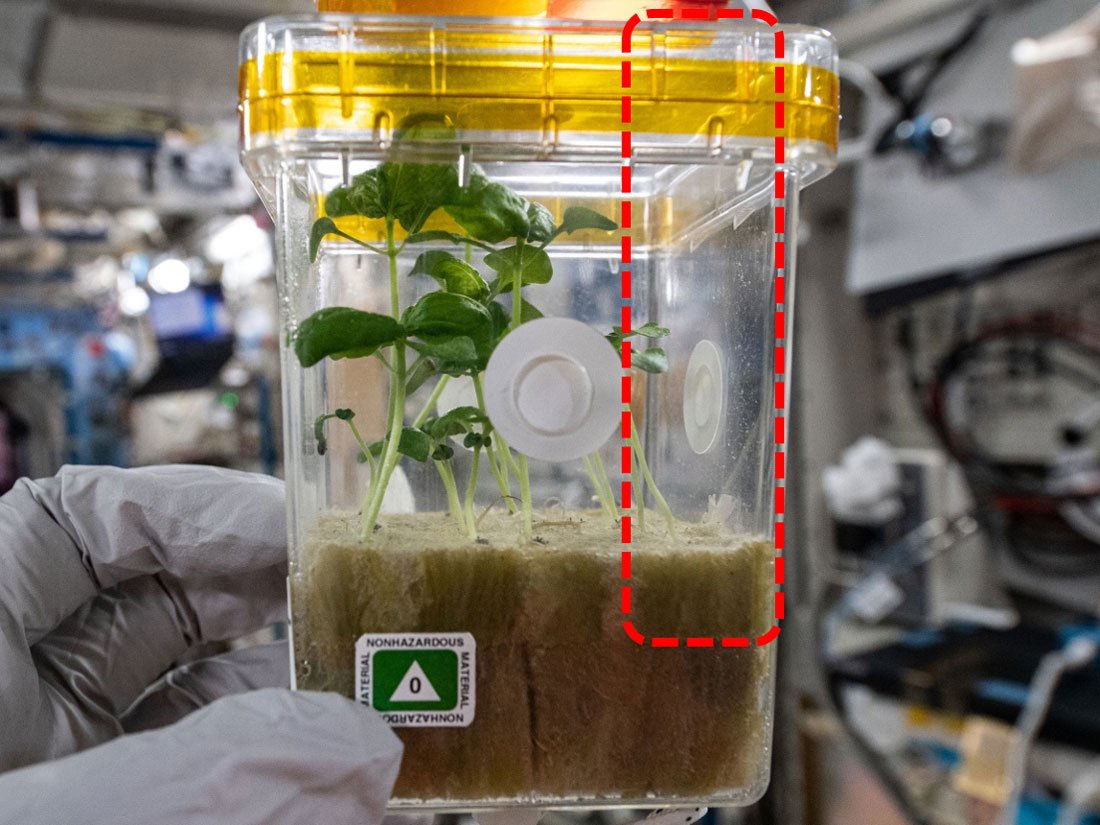
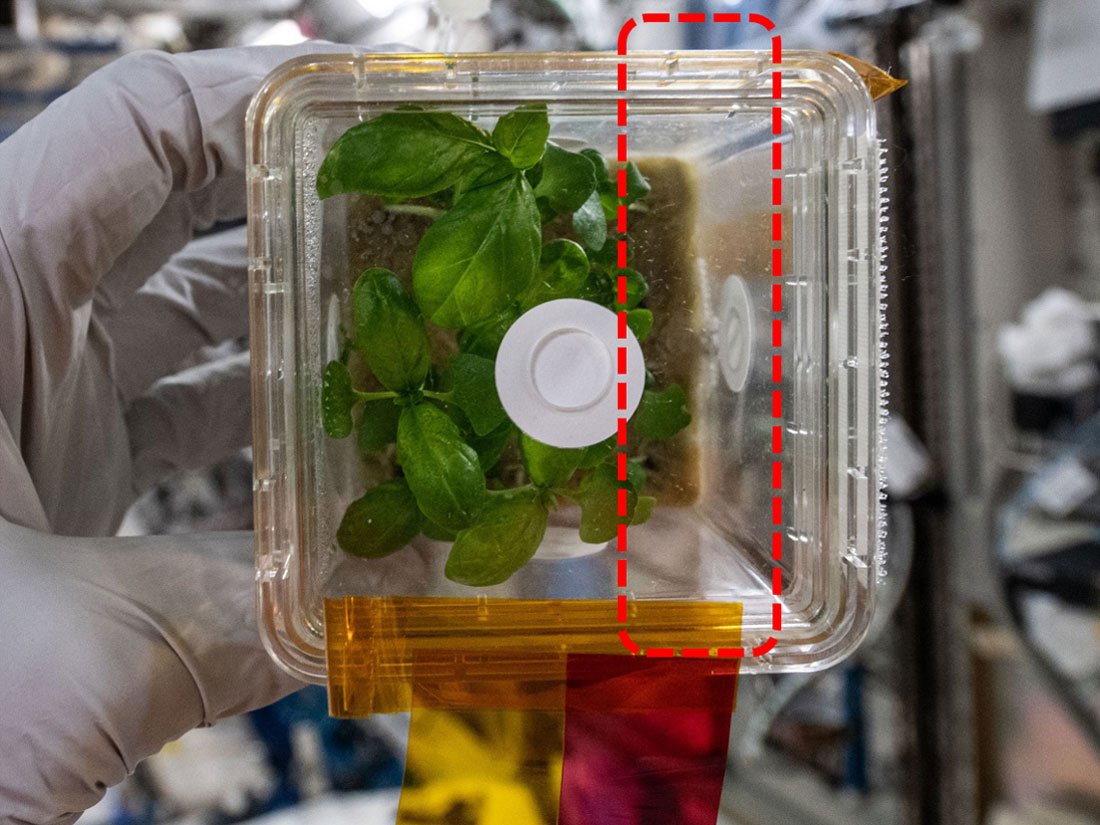
For the first time sweet basil and holy basil were grown in the environment on the ISS with a simple container such as the plant chamber. Scientific insights by the analysis and human resource development through this project are small but important steps for human space exploration in the future.

Unless specified otherwise, rights to all images belong to ©JAXA




